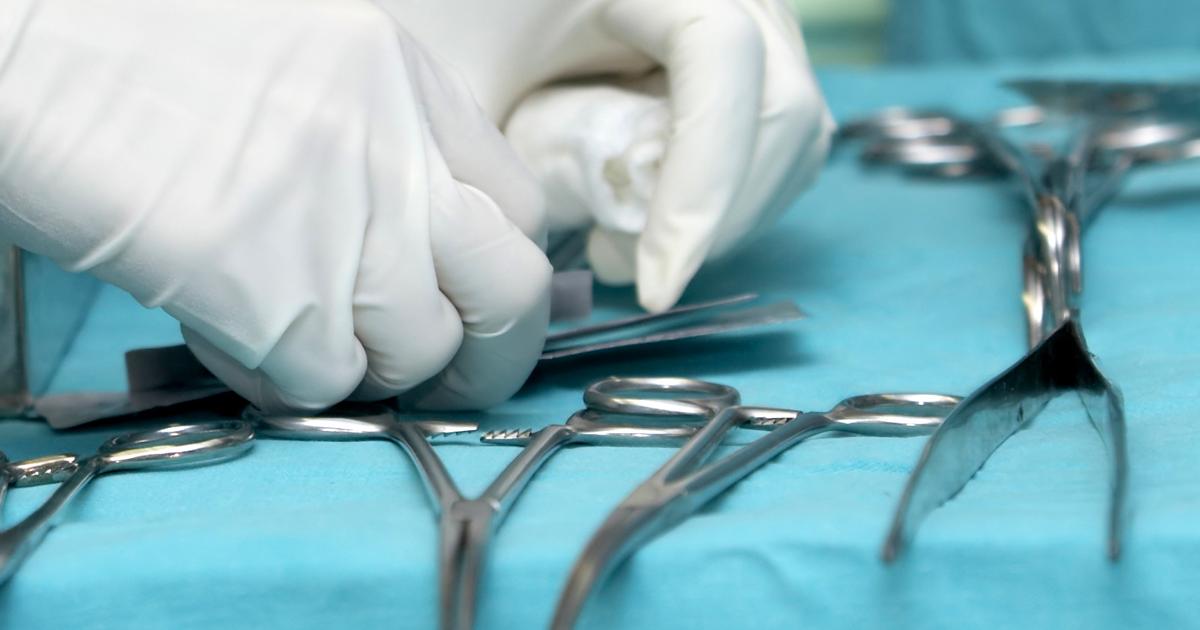Most Effective Ways To Treat And Live With Scoliosis
Scoliosis is a skeletal disorder that affects an individual's spine. A spine with scoliosis has an abnormal horizontal curvature. This unusual shape of the spine develops commonly when an individual is experiencing a growth spurt that occurs just before they reach puberty.
Scoliosis can be a complication of other conditions like muscular dystrophy or cerebral palsy. Most cases have no clear cause, but it seems scoliosis is related to hereditary factors. Other causes of scoliosis include spinal injuries, spinal infections, and birth defects interfering with spinal bone development. For unclear reasons, scoliosis requiring treatment is more prevalent in females than in males. Several complications can result from an individual's scoliosis. Heart and lung damage, chronic back pain, and changes in symmetrical body appearance can all be the result of scoliosis. Scoliosis is treated on a very individualized basis, as each case of scoliosis affects patients in different ways.
Braces

Individuals who are at a certain age and point in their development may need to wear braces as part of their treatment for scoliosis. Wearing braces does not result in a reversal of the abnormal spine curvature, and it also does not cure scoliosis. Braces can be used in treatment to inhibit any further progression of the patient's abnormal curvature. One type of brace commonly used in such individuals is specially made to conform to the body and is almost unnoticeable under clothes. The brace is made out of plastic and fits closely around the patient's hips, rib cage, and lower back. The amount of time a brace is worn for scoliosis can vary from person to person. The longer the duration and the higher the frequency the brace is worn, the more effective it is in treating the disorder. Braces for scoliosis do not typically cause a patient to have any restrictions in the participation of activities. The braces can also be taken off to make it easier for the individual to participate in sports or other activities. Braces are only effective while the patient's bones are still growing.
Spinal Fusion

Severe cases of scoliosis that do not respond to other methods of treatment may require a surgical procedure. These cases usually involve a child who has a curve in the spine that is forty-five degrees or greater. During a spinal fusion procedure, the vertebrae that make up the curve in the spine are fused together. This idea is accomplished through the use of some type of bone substance or material called a bone graft. Small fragments of this bone are set inside of the spaces in the patient's vertebrae so it can fuse. Over time, the bones that make up the spine grow to become fused with these fragments and growth is stopped in the abnormally curved part of the individual's spine. This process is similar to what occurs when a broken bone heals back together. The procedure itself can take anywhere from four to eight hours, depending on how much of the spine needs to be fused and the characteristics of the patient's curve. In the long-term, the spinal fusion makes the affected segment of the back permanently stiff. However, the motion of the non-fused regions of the patient's spine allows for enough flexibility for them to perform all daily functions and participate in most sports.
